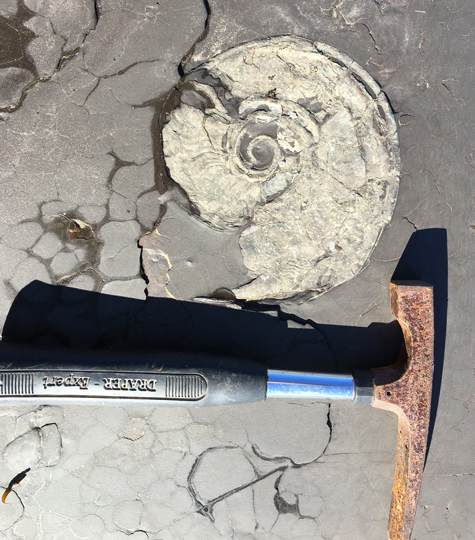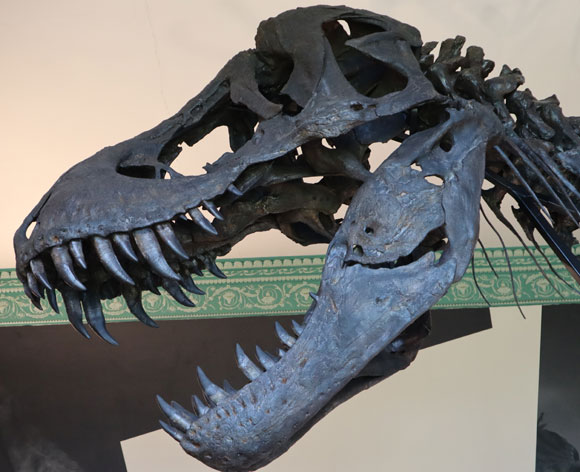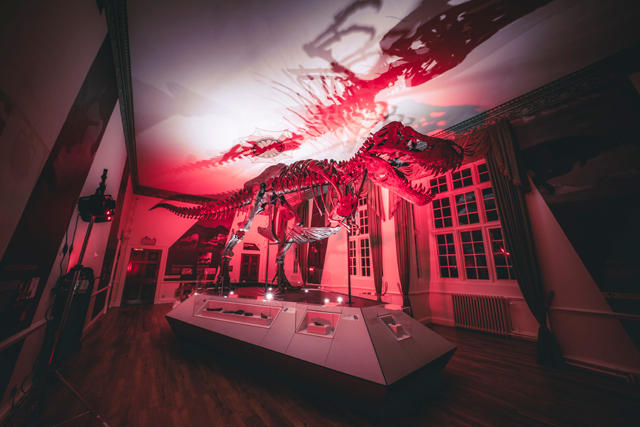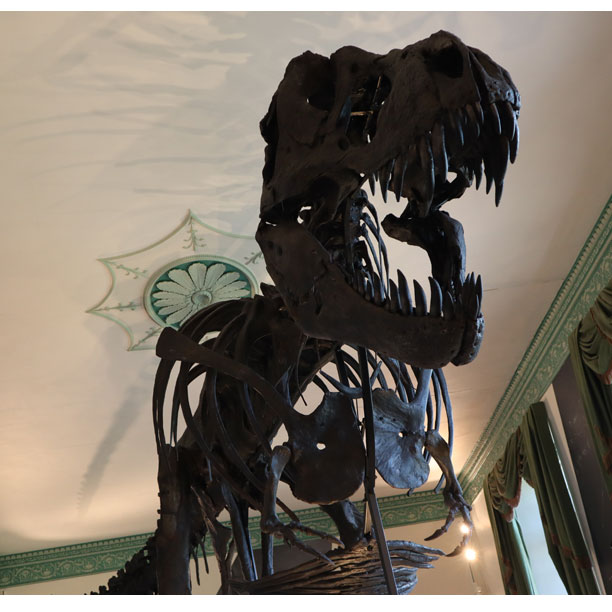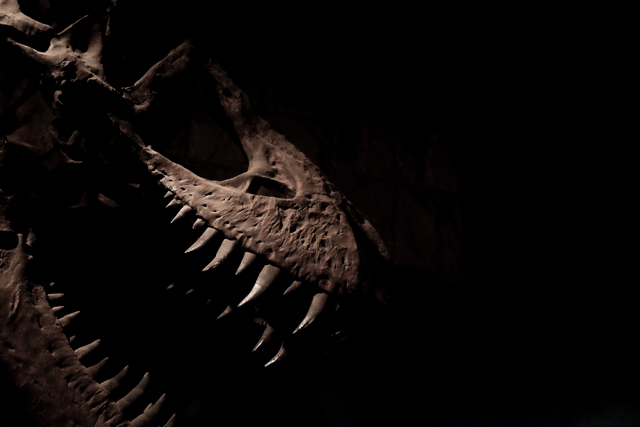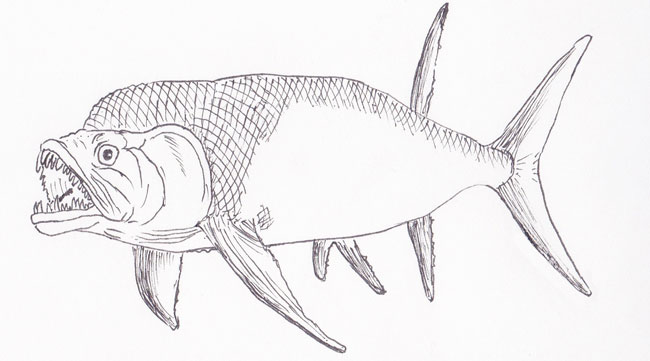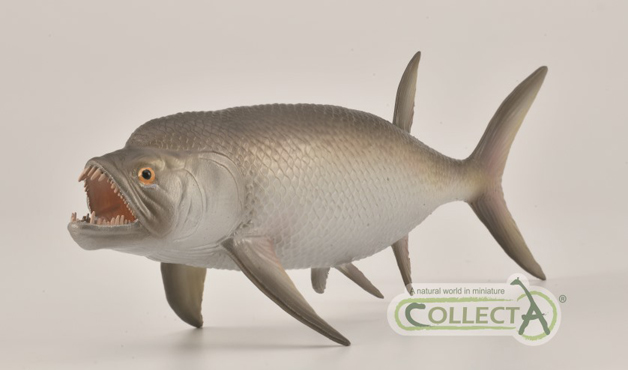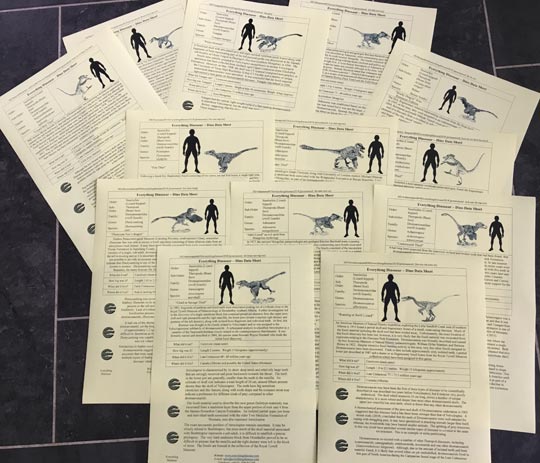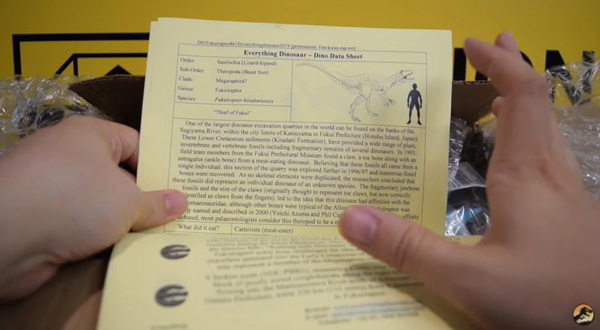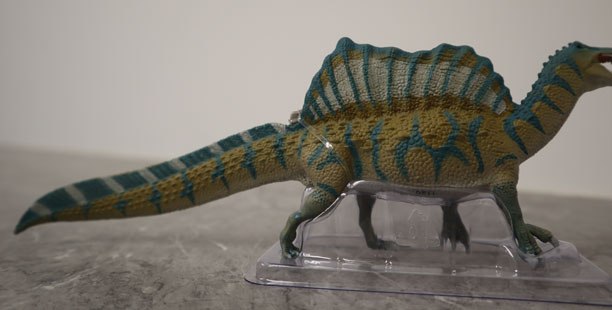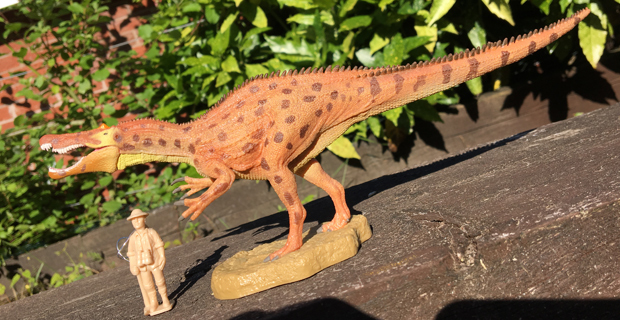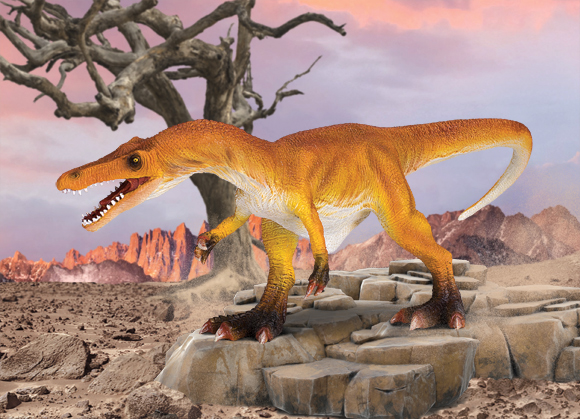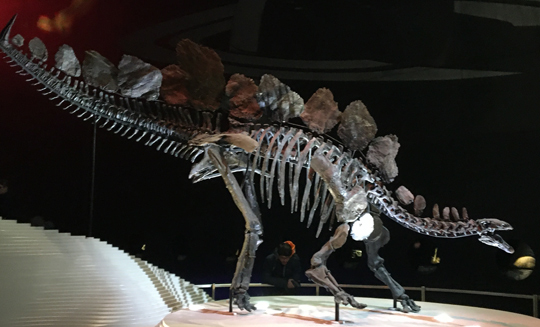Everything Dinosaur’s work with schools and other educational bodies. Articles, features and stories about dinosaurs and their role in education and educating young people.
Everything Dinosaur Receives a Little Thank You
Earlier this month (January 2nd, 2022), Everything Dinosaur published the fantastic news that Dorset Council had approved the erection of a bronze statue honouring Mary Anning at Lyme Regis on the famous “Jurassic Coast”. Team members at Everything Dinosaur have supported the charity “Mary Anning Rocks” that was set up to raise funds and to campaign for a permanent memorial to Mary Anning to be established.
To read our earlier post about the Dorset Council approval and to see images of the proposed statue: Mary Anning Statue Approved by Dorset Council.
As a small token of the charity’s gratitude, we received a little note and a gift.
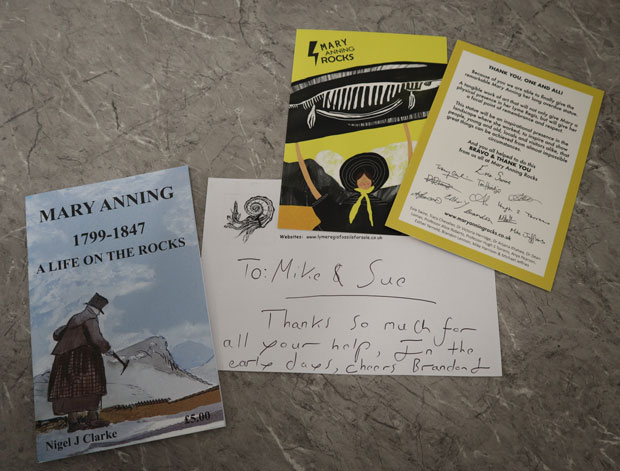
Everything Dinosaur is thanked for their support of the Mary Anning Rocks campaign to have a statue erected in Lyme Regis to honour the pioneering palaeontologist and fossil collector Mary Anning. Picture credit: Everything Dinosaur.
Picture credit: Everything Dinosaur
Honouring a Pioneering Palaeontologist
Our chum, Brandon Lennon who leads fossil walks at Lyme Regis and like Mary Anning before him, sells fossils that he finds on the beaches around Lyme Regis, sent us the gift which includes a personal thank you from the patrons of the charity and an informative booklet on Mary Anning’s life and work written by Nigel J. Clarke.
Brandon Lennon, a patron of the charity himself wrote:
“Thanks so much for all your help, in the early days”
Everything Dinosaur was one of the first organisations from outside Lyme Regis to back the campaign and to help raise awareness. Since the charity’s inception, Everything Dinosaur has helped to promote and support the fundraising.
A spokesperson from Everything Dinosaur commented:
“It is wonderful to have seen the plans for a statue come to fruition. The unveiling will probably take place in the late spring, we would love to be at the event but due to COVID-19 restrictions, we are unable to make plans to visit Lyme Regis at this time. We congratulate the organisers and fundraisers for all their hard work in ensuring a permanent memorial to Mary Anning. Her statue will remind all the visitors to the area of her contribution to the nascent science of palaeontology and will help to inspire the next generation of scientists”.
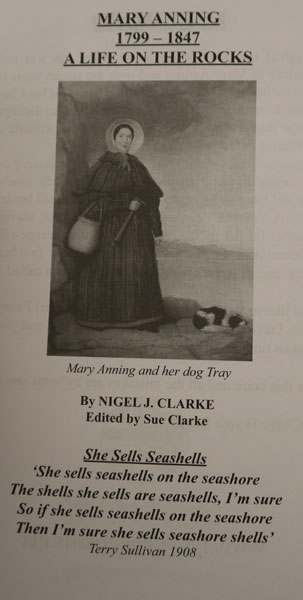
The inside front cover of the Mary Anning booklet by Nigel J. Clarke (edited by Sue Clarke) features the iconic portrait of Mary Anning and her dog Tray and the “Sea Sells Seashells” poem which is believed to have been inspired by Mary’s fossil finds. Picture credit: Everything Dinosaur.
Picture credit: Everything Dinosaur
We are proud to have played a role in this exciting and extremely significant project. It is important to honour the contribution of Mary Anning to the science of palaeontology.
Visit the Everything Dinosaur website: Prehistoric Animal Models and Toys.


